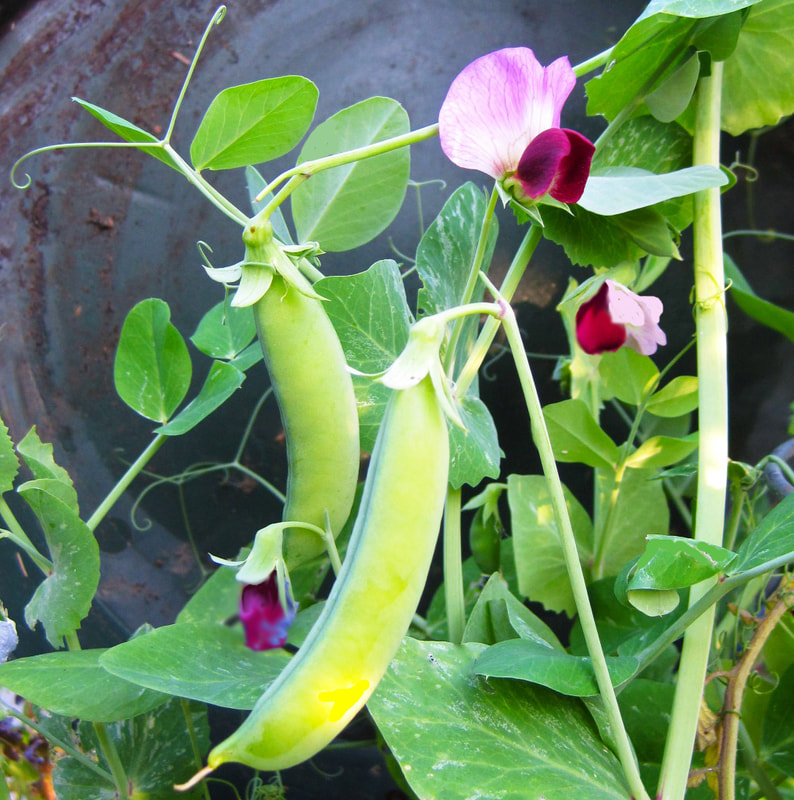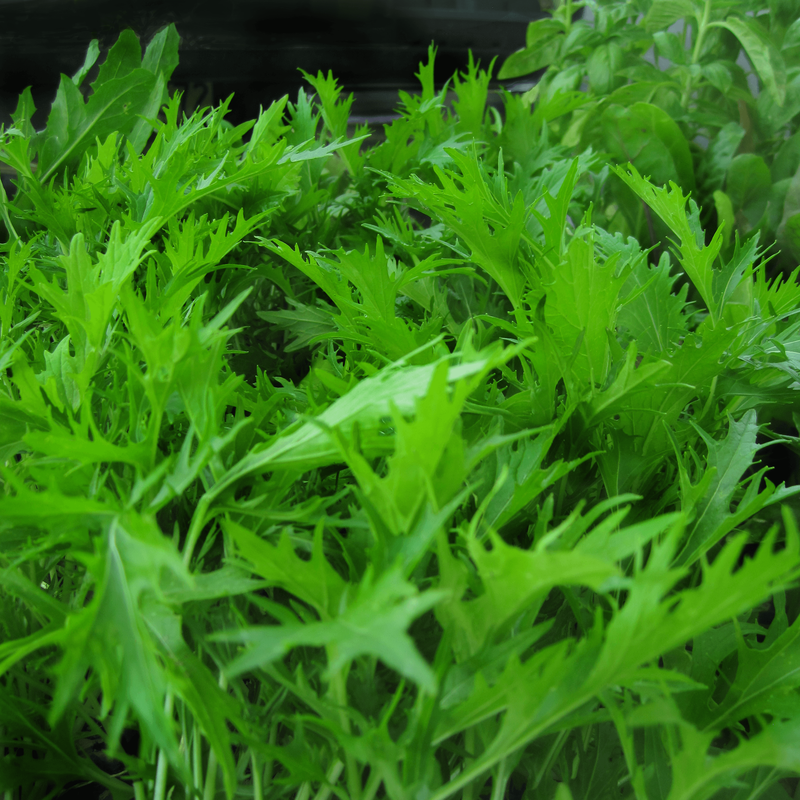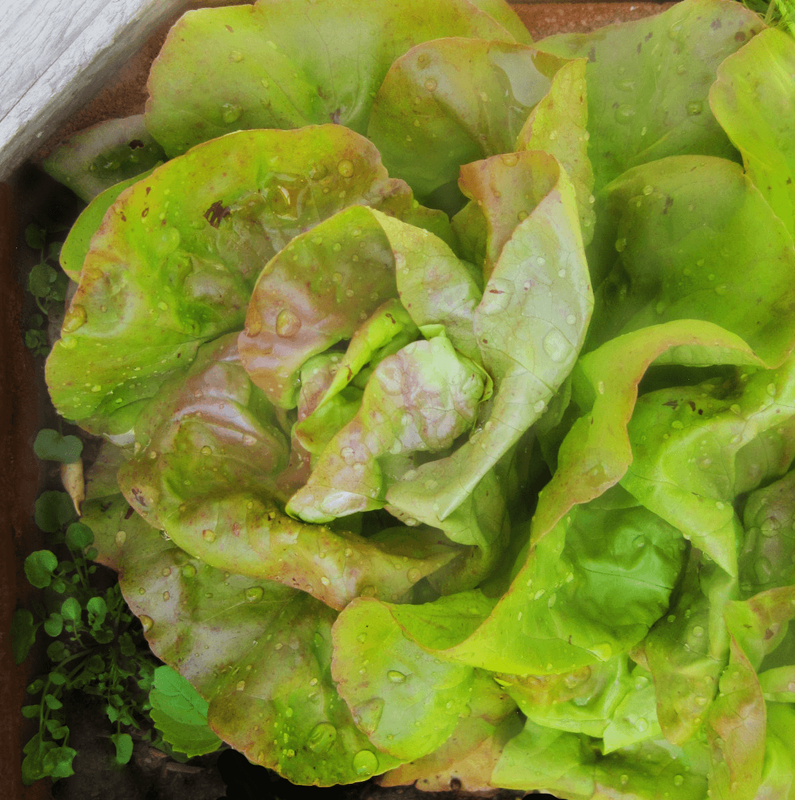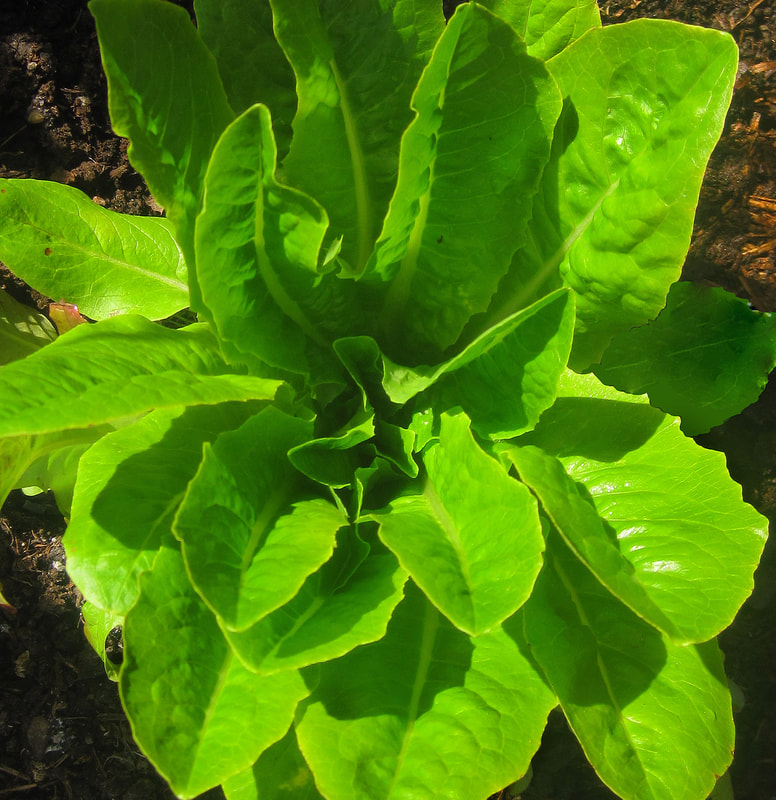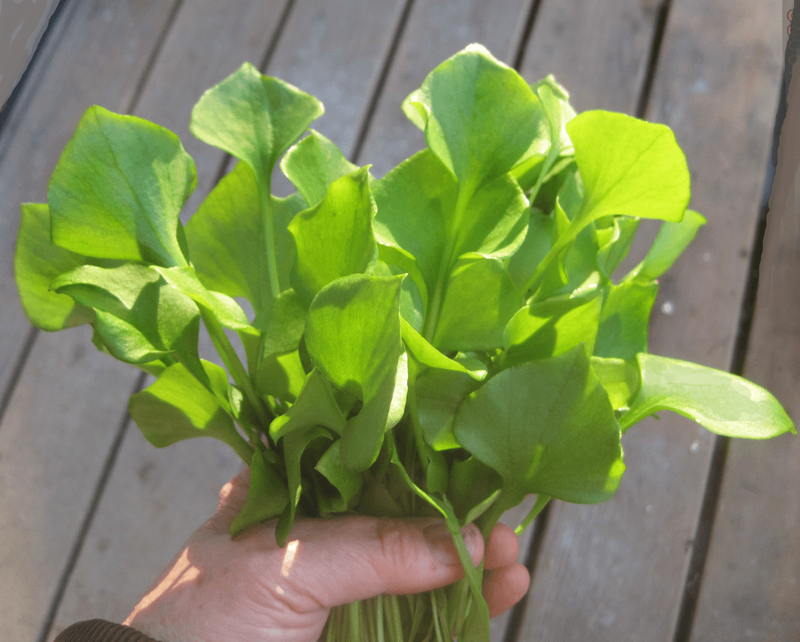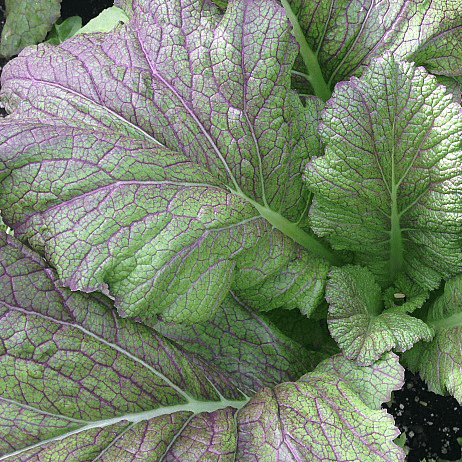- Home
-
Shop
- Plant for Summer
-
Vegetable Seeds
>
- Arugula
- Beans
- Beets
- Broccoli and Cima di Rapa
- Cabbage
- Carrots & Roots
- Celery
- Chard
- Corn
- Cucumber
- Eggplant
- Fennel
- Genepools and Landrace Gardening
- Greens
- Kale and Collards
- Lettuce
- Melons
- Oil Crops
- Okra
- Open-Source Seeds (OSSI)
- Onions and Leeks
- Peas
- Peppers
- Spinach
- Squash & Pumpkins
- Sunflowers
- Tomatoes
- Tomatillos/Husk Cherries
- Turnips and Rutabagas
- Perennial Vegetables >
- Flower Seeds
- Herb Seeds >
- Seed Collections
- Pollinator and Pest Control Plants >
- Grains >
- Cover Crops >
- Open Source (OSSI)
- Start these Indoors
- People behind the Seeds >
- Companion Plants
- Recipes >
- Fast, Fresh Food
- Plant for Spring >
- Plant for Fall >
- About Us.
- Blog
- HOW-TO
- Mid-to-Late Summer Sowings
|
The traditional first plantings of spring are spinach, peas, lettuce, and greens. What gardeners love about them is that they grow very fast in spring, are ready to eat in just over a month, and taste wonderful. In the past, these crops were often the first taste of something fresh after a winter of dried and salted foods. They are still a spring treat and a health boost today. Their juicy crispness is the outward sign of the vitamins, fiber, hydrating gels, anti-oxidants, and myriad other compounds that make us feel better. All of these plants need to grow quickly before heat sets in, so they need adequate moisture and fertility. However, they also need enough warmth to fuel growth, and good drainage. Oak trees leaf out when the soil and air temperatures are right for peas and greens, so watch the trees in addition to the calendar. Peas, spinach, and lettuce enjoy a less acid soil(pH 6.5 to 7.) Traditional practice has been to dig the bed over and incorporate manure, compost,or other sources of organic matter, along with some wood ash or lime. No-dig methods instead use a layer of compost on top of the soil, into which the seeds or transplants are planted. (If the soil is very acid, ash or limestone can be spread as well.) If soil is unseasonably soggy, and too wet to dig or to plant into, I suggest either making your first plantings in containers, or dumping compost/potting mix, on top of the ground and planting into that.
The fastest-growing salad of all is a little California native called Miner's Lettuce. It grows wild in my garden under a big black walnut tree. It's rare to find an edible plant that is both shade-tolerant and tolerant of the poisons secreted into the soil by walnut trees. Amazingly, it has a very mild flavor and juicy texture that has made it a favorite of chefs. It is always my first harvest of the year. Spinach loves cool weather and and needs quite a bit of moisture to start. Indeed, if your soil is dry, I suggest soaking the seeds for an hour or two. It should be planted now for a spring crop, and again in the fall, as it is adapted not only to cool weather, but to short days. The longer days of summer will make it bolt and taste strong. Lettuce is the simplest of all to plant and use. A fast-growing, cold-tolerant variety like Emerald Fan, Bronze Arrow, or Hungarian Pink Winter gives you salads very quickly, with the tender texture that is the hallmark of spring. Like most greens, it needs to have space to develop without check. If you will not be able or willing to get down and thin your lettuce, consider transplants. It's easier to thin little pots or trays at table height, and they can go into the ground with room to grow. Peas are the only one of the bunch that takes two months to crop instead of one. But the new practice of harvesting pea shoots means that even peas can be giving you a harvest quickly. Whether for shoots or pods, peas are easy but not terribly vigorous, so it's good to know their quirks. In cool spring weather, they should be planted more shallowly than other legumes, about 1/2 inch deep. (Late summer plantings should be deeper to take advantage of moisture further down.) They can be transplanted with care when very young, if conditions outside are too wet, windy, cold, or unready, And they need support. Peas are climbing vines, and don't do well sprawling on the ground. Even very short "bush" varieties are vines, and will not stand up on their own. Short varieties can do well in tomato cages, while taller sorts need a trellis or fence. You should view the heights in seed listings as possibilities, not facts. Cooler weather means the vines will keep growing, while hot or very cold weather will stunt them. Last year's cool spring meant that my Cascadias, normally 4' tall, grew to 8 feet. Further, they climb in a special way, which needs the right support. Beans, morning glories, and some other vines grow by twining; they'll go round and round a pole in a spiral. Peas will not. Vertical supports are almost useless to them--they need a ladder. They make hand-like twigs called tendrils that grab onto supports as they go. For peas, you need to provide support with horizontal wires, woven branches, bushy twigs, or other horizontal or diagonal handholds a foot or less apart. Pig wire or concrete reinforcing wire works well. Posts with sisal or hemp twine are great; you can cut the twine and compost the entire mass, twine and all. The turnip/mustard tribe, and has flavors that range from mild to fiery. I like Mizuna and Mizpoona Salad Select for early salads. The fiery mustards like Green Wave, and Dragon Tongue are tamed with cooking, gaining rich complex flavors that are traditional complements to cheese or pork. Carol Deppe once made a quick, dense planting of Green Wave Mustard in a layer of compost spread on her concrete driveway. The planting was cut & processed all at once for freezing. (Detailed in The Tao of Vegetable Gardening.) It would not be an option for long-term or repeated harvest, and needs cool, damp weather. But it put the compost to work until she was able to use it in the garden, and gave a huge crop that stocked the freezer. It shows that given moisture and fertility, these fast growers can make a lot of food in a small amount of time and space. See the possibilities here.
0 Comments
Leave a Reply. |
Proudly powered by Weebly
- Home
-
Shop
- Plant for Summer
-
Vegetable Seeds
>
- Arugula
- Beans
- Beets
- Broccoli and Cima di Rapa
- Cabbage
- Carrots & Roots
- Celery
- Chard
- Corn
- Cucumber
- Eggplant
- Fennel
- Genepools and Landrace Gardening
- Greens
- Kale and Collards
- Lettuce
- Melons
- Oil Crops
- Okra
- Open-Source Seeds (OSSI)
- Onions and Leeks
- Peas
- Peppers
- Spinach
- Squash & Pumpkins
- Sunflowers
- Tomatoes
- Tomatillos/Husk Cherries
- Turnips and Rutabagas
- Perennial Vegetables >
- Flower Seeds
- Herb Seeds >
- Seed Collections
- Pollinator and Pest Control Plants >
- Grains >
- Cover Crops >
- Open Source (OSSI)
- Start these Indoors
- People behind the Seeds >
- Companion Plants
- Recipes >
- Fast, Fresh Food
- Plant for Spring >
- Plant for Fall >
- About Us.
- Blog
- HOW-TO
- Mid-to-Late Summer Sowings

